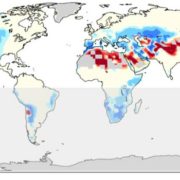
Update: Stomatal function across temporal and spatial scales: deep-time trends, land-atmosphere coupling and global models
Blog, Plant Physiology, Plant Physiology: Updates, Research, Research Blog0 Comments
/
By Peter J Franks, Joseph A Berry, Danica L. Lombardozzi, and Gordon B Bonan
The colonization of land by plants and their interaction with biogeochemical and atmospheric processes transformed continental climate and hydrology. Stomata, which evolved to optimize the biological economics of plant carbon…
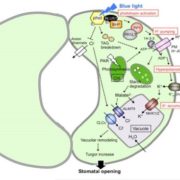
Update: Blue light regulation of stomatal opening and the plasma membrane H+-ATPase
Blog, Plant Physiology, Plant Physiology: Updates, Research, Research BlogBy Shin-ichiro Inoue, and Toshinori Kinoshita
Light-induced stomatal responses were first reported 23 by Francis Darwin (1898). Stomata open in response to light, including blue and red light (Shimazaki et al., 2007). Red light induces stomatal opening via photosynthesis in the mesophyll and guard…
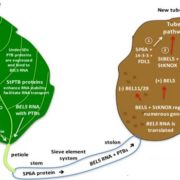
Update: The multiple signals that control tuber formation
Plant Physiology: Updates, Plant Science Research Weekly, ResearchPotato is an important food crop, but unlike most of the other major foods, it is a tuber, not a seed. Classic studies showed that there is a mobile, photoperiod-induced signal that moves from the shoot to the stolen tip (an underground, stem-like structure) to initiate tuberization. Experimental studies…
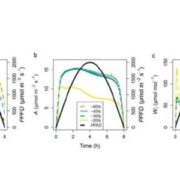
Update: Diurnal variation in gas exchange: the balance between carbon fixation and water loss
Plant Physiology, Plant Physiology: UpdatesStomatal control of transpiration is critical for maintaining important processes, such as plant water status, leaf temperature, as well as permitting sufficient CO2 diffusion into the leaf to maintain photosynthetic rates (A). Stomatal conductance (gs) often closely correlates with A and is thought…
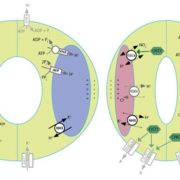
Update: Ion transport at the vacuole during stomatal movement
Plant Physiology, Plant Physiology: Updates, Plant Science Research Weekly, ResearchGas exchange and transpiration are regulated by the stomatal aperture, which is itself regulated by the changes in volume of the guard cells that overlay the stomatal pore. When triggered to open, solutes such as K+ and Cl– enter the guard cell through ion transporters, followed osmotically by water;…
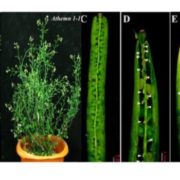
Freeze-Thaw-Induced Embolism and Ultrasonic Emissions in Angiosperms
Plant Physiology: On The Inside, ResearchAll organisms including plants share the tetrapyrrole biosynthesis pathway that is critical for the production of compounds such as heme and chlorophyll. During tetrapyrrole biosynthesis, coproporphyrinogen III oxidase (CPO) catalyzes the conversion of coproporphyrinogen III into protoporphyrinogen IX.…
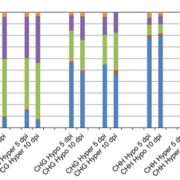
Nematode Cysts and DNA Methylation
Plant Physiology: On The Inside, ResearchPlant-parasitic cyst nematodes (Heterodera species) are among the most devastating pathogens of plant roots. These obligate parasites initiate a long period of biotic interactions with their host plants where formation of an operative feeding structure, the syncytium, is vital for nematode survival and…

Thapisgargin Formation in Thapsia
Plant Physiology: On The Inside, ResearchThe Mediterranean plant Thapsia garganica (Apiaceae), also known as deadly carrot, produces the highly toxic compound thapsigargin. This compound is a potent inhibitor of the sarcoplasmic-endoplasmic reticulum Ca2+-ATPase calcium pump in mammals and is of industrial importance as the active moiety of…

Suberin and Seed Dormancy
Plant Physiology: On The Inside, ResearchEnvironmental signals during seed production are important determinants of seed properties, including seed dormancy and seed longevity. The mother plant plays an important role in this signaling process, collecting signals throughout her life history and modulating dormancy by providing hormones to maturing…

